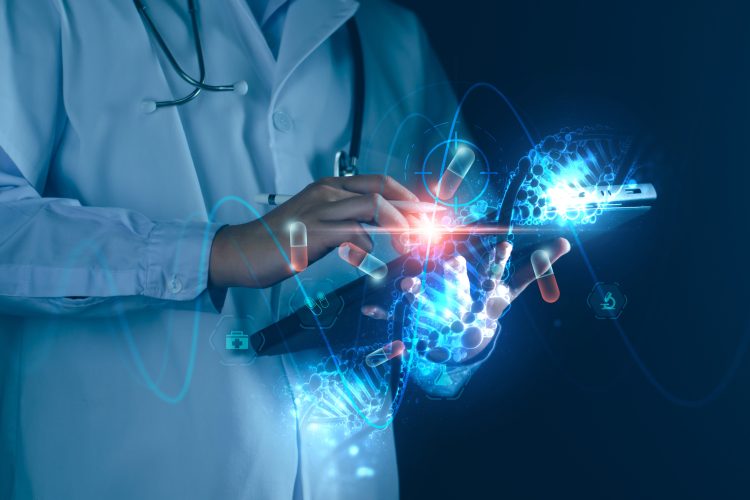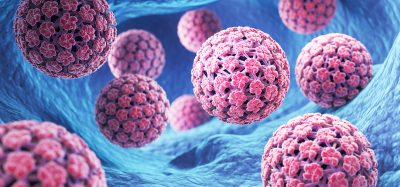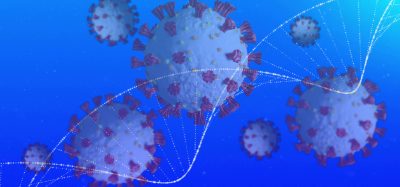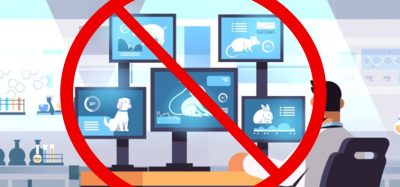Beyond the hype: a veteran’s honest assessment of AI in drug discovery – Part 2
Posted: 21 August 2025 | Dr Raminderpal Singh (Hitchhikers AI and 20/15 Visioneers) | No comments yet
Thibault Géoui explains why AI could finally help pharma overcome its productivity crisis and why the payoff won’t come as quickly as the optimists claim.


Following from part one of this article, we now turn to how these ideas and technologies are being put into practice, and why the arrival of generative AI marked such a turning point.
Given this history of failed promises, scepticism about AI’s transformative potential seems entirely justified. Géoui himself admits to initial indifference when his colleagues at Elsevier began discussing transformers and bidirectional encoder representations from transformers (BERT) models years before ChatGPT’s public launch.
“Our data scientists and content team were using transformers to extract content from hundreds of thousands of publications and patents, structuring unstructured data. They kept telling me about transformers, and to be honest, for many years I was like, ‘Why should I care?’ I was like, ‘OK, it sounds cool,’ but that was the geeky data scientist telling me about that.”
AI can take hundreds of documents, hundreds of results – things that I cannot possibly comprehend with my human brain – and I can throw it to a large language model, and then I can start making connections that I would not be able to do on my own.
The team at Elsevier was already combining a hybrid approach: leveraging subject matter experts for manual data extraction while integrating emerging technologies like BERT and transformer models to automate the structuring of scientific literature. This early fusion of expert curation and machine learning marked a quiet but significant shift in how scientific knowledge could be processed and organised – even if it remained largely invisible to end users.
The ChatGPT moment changed everything.
“When ChatGPT was launched, it was this ‘aha’ moment where I finally understood why people kept talking about it,” he explains. Géoui spent his 2022 Christmas holiday experimenting with the technology, writing New Year’s letters in the style of Downton Abbey with his father.
“We were really blown away. For the first time, I can talk to something and it finds something quite intelligent. I can actually ask follow-up questions and it can write things for me.”
But what distinguishes Géoui’s perspective from typical AI evangelism is his focus on a specific capability that directly addresses the complexity problem that has plagued pharmaceutical R&D: the ability to synthesise and find connections across vast amounts of information.
“AI can take hundreds of documents, hundreds of results – things that I cannot possibly comprehend with my human brain – and I can throw it to a large language model, and then I can start making connections that I would not be able to do on my own.”
AlphaFold and the protein revolution
This capability is being realised through several specific technological advances. AlphaFold, developed by DeepMind’s team, exemplifies this transformation. Géoui, with his structural biology background, immediately recognised its significance:
“AlphaFold was a real revolution because it took 70 years to solve 170,000 crystal structures of proteins, and now you have 200 million in two years that are very accurate. They are at the experimental level of accuracy – still not perfect as there are still categories it can’t solve – but it’s at the level where you can actually use it to do proper work.”
Towards multi-model systems
The recent release of AlphaGenome suggests this is just the beginning. Isomorphic Labs, DeepMind’s drug discovery spinout, has outlined an ambitious vision:
They said one model is not going to solve all of drug R&D, but we might need seven or eight models.
“They said one model is not going to solve all of drug R&D, but we might need seven or eight models. When we put them next to each other, you start to have this thing where you simulate everything and then you can start to do ‘what if’ experimentation using different models and send the output of one model as input to another model.”
This multimodal (and model) approach represents a fundamental shift from previous technologies. Rather than optimising individual components, these AI systems are designed to work together, creating what Géoui considers the potential for genuine systems-level modelling.
Can we use several AI models that we combine to try to recreate cell function? Eventually, we’ll have a whole organism that we can simulate like a proper digital twin.
Cell simulation represents another frontier that has Géoui particularly excited. Various research groups are now developing AI models that can simulate cellular behaviour by combining multiple types of biological data – protein interactions, metabolic pathways, gene expression patterns and more.
“One thing that gets me extremely excited and optimistic is when I see people starting to work on cell simulation,” he says.
“Can we use several AI models that we combine to try to recreate cell function? Eventually, we’ll have a whole organism that we can simulate like a proper digital twin.”
Beyond transformers: diffusion and new frontiers
The technology landscape is evolving rapidly. While transformer architectures have dominated recent advances, diffusion models – originally developed for image generation – are now being adapted for molecular design and even text generation, suggesting the field remains in rapid flux.
This capability matters because it attacks the fundamental challenge that the reductionist approach to science has created.
“For the past thousands of years, people were conscious that the world around us, nature, is too complex for us to comprehend. So what do we do? We reduce it. We try to reduce it to its most simple component that you can change one at a time.”
While this reductionist approach “worked to some extent – we made tremendous progress – we also see a lot of limitations. We see that some diseases are not just the one gene, one protein, one disease paradigm. It works sometimes, but most of the time it doesn’t.”
Closing the drug discovery gap
The statistics Géoui cites are sobering:
“We have 24,000 known diseases. Nineteen thousand of them are rare diseases. We have 4,000 approved drugs. Among the 4,000 approved drugs, you will have many drugs that treat the same diseases. So we have this huge gap between the number of things that we want to treat and the things that we actually have to treat the diseases.”
This is where AI’s potential becomes clear. Rather than optimising individual components of the drug discovery process, AI technologies might enable genuine systems-level thinking.
“Complex properties emerge when you start to combine different layers of things. You combine proteins, nucleic acids, metabolites and the environment, not only at the cellular level but at the organ or organism level. The more you zoom out, the more you start to see emerging properties appearing that we just can’t capture when we reduce systems.”
We have this huge gap between the number of things that we want to treat and the things that we actually have to treat the diseases.
Companies like Insilico Medicine are demonstrating how this works in practice. They have developed integrated platforms that combine generative AI for molecular design, AI-powered target identification, and automated synthesis and testing capabilities. Some of their programs have moved from target identification to clinical candidate nomination in under nine months – a timeframe that would have been unthinkable using traditional approaches.
Recursion Pharmaceuticals has taken a different approach, building massive automated laboratories that can conduct millions of experiments while using computer vision and machine learning to extract insights from cellular imaging data. Their platform generates petabytes of biological data that are then processed using sophisticated AI models to identify potential therapeutic interventions.
The 1980s video game analogy
However, Géoui maintains realistic expectations about timelines.
“We start to see the first components that will help us build this sort of thing. We start to see the first experimentation. It’s a bit like going back to the 1980s when we had the first video games. Look at how far we’ve gone now. We are at the 1980s video game version of cell simulation.”
This honesty about current limitations extends to his assessment of AI companies’ early clinical results.
“Most of them failed, but to be honest it’s not statistically relevant – it’s just a handful. Does that mean the approach or technology is wrong? No. In drug development, failure rates are already around 95 percent.”
Stay tuned for Part 3, where Géoui delivers a reality check on what it will really take for AI to transform pharma – and when.


Thibault Géoui bridges the worlds of science, data and technology to help life sciences organisations bring better products to market – faster and smarter. With 20 years of experience in drug R&D and a passion for FAIR data and AI, he has led major initiatives such as QIANGE, Elsevier, Charles River laboratories and today at Zuhlke. Through his work, Thibault guides pharma and tech leaders in aligning data strategies, refining value propositions and accelerating digital transformation. A PhD in structural biology and an MBA back his systems-thinking approach, while his writing and coaching bring complex ideas down to earth – with a touch of humour and a strong belief in human connection.
Related topics
Analysis, Artificial Intelligence, Assays, Computational techniques, Drug Development, Drug Discovery, Drug Discovery Processes, Machine learning, Sequencing, Structural Biology
Related conditions
Rare diseases
Related organisations
Hitchhikers AI and 20/15 Visioneers, Zuhlke








